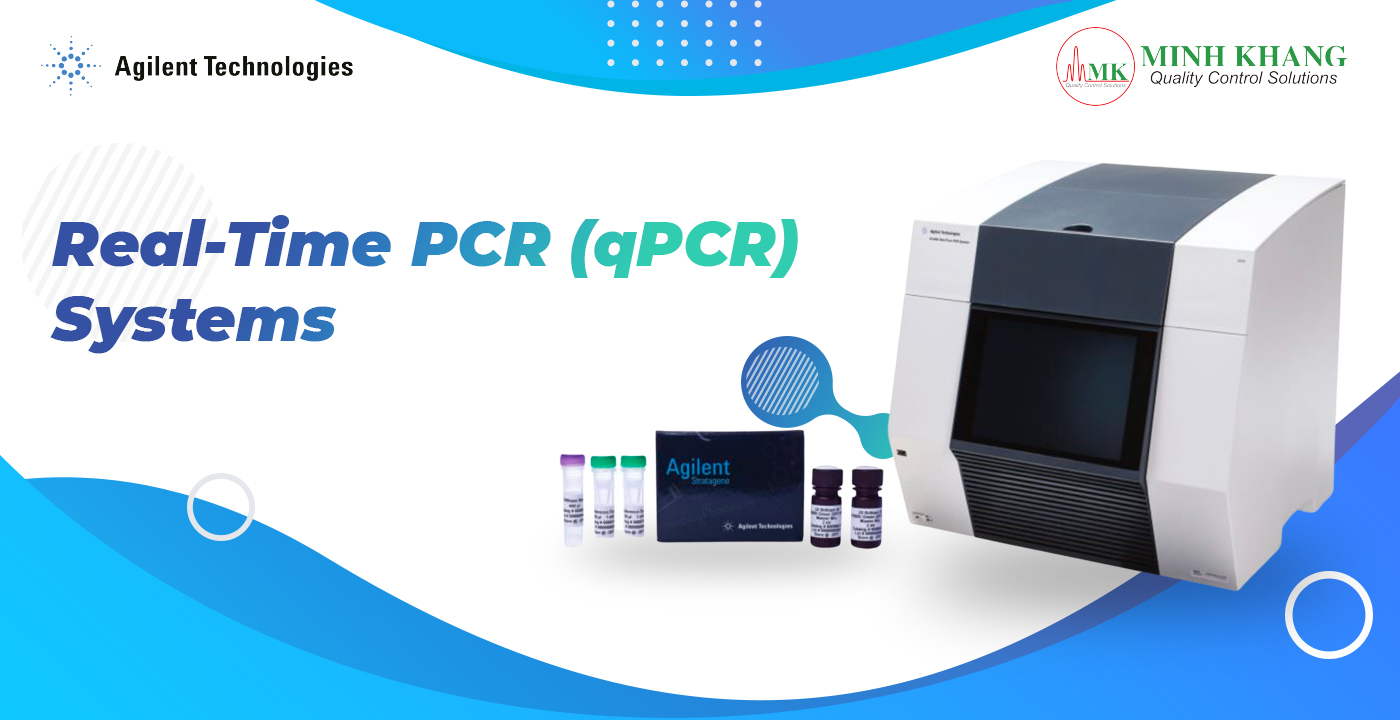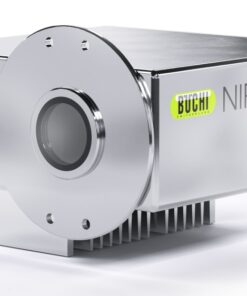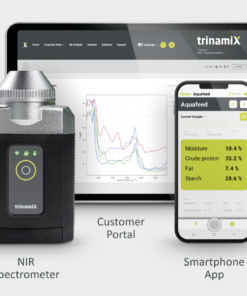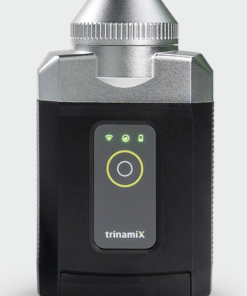- Fastest TCSPC instrument on the market due to zero temporal dispersion
- Subtractive double‐monochromators result in zero temporal dispersion
- 5 ps – 10 μs lifetimes (detector and laser dependent)
- Extended NIR range – spectral coverage up to 1610 nm
- Compact footprint
- Multi-laser integration through two excitation ports; super‐continuum, Ti:Sapphire, and plug‐and‐play
LifeSpec II – Lifetime Spectrometer
The Lifespec II is a compact, fully integrated, high performance, spectrometer designed for use with high repetition rate pulsed femtosecond and picosecond lasers. The system is a fully automated solution, combining hardware and software in a single package for fundamental research and routine laboratory applications. Its zero temporal dispersion optics, using double-monochromators in subtractive mode, sets the standard for technical performance in measuring ultra-fast decays.
This is the only turn-key fluorescence lifetime measurement system on the market featuring a subtractive double-monochromator, which provides for zero temporal dispersion and allows the instrument to measure fluorescence lifetimes down to 5 ps with ultrafast lasers.
| Specification | |
|---|---|
| Optical Configuration | 90° between excitation and emission beam path |
| Mode of Operation | ()
|
| Excitation Source Options | All high rep rate pulsed sources such as picosecond pulsed diode lasers (, ) and LEDs (), supercontinuum pulsed lasers and femtosecond Ti:Sapphire lasers. ( for more information) |
| Lifetime Range | 5 ps – 10 µs (depending on source and detector choice) |
| Detector Options | 230 nm – 610 nm, 230 nm – 810 nm, 300 nm – 1700 nm ( for more information) |
| Mechanical Spectral Range | 200 nm – 900 nm (standard) plus 800 nm – 2000 nm (optional for infrared PMT detectors) |
| Spectral Band Pass | 0 to 60 nm (computer controlled) |
| Temporal Dispersion | Zero (negligible) |
| Laser Beam Attenuation | 4 orders of magnitude, continuously adjustable (computer controlled) |
| Spectrometer Software | complete package for data acquisition and lifetime data analysis |




















 VI
VI